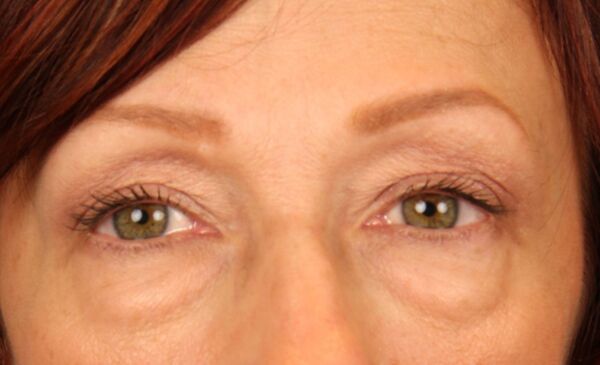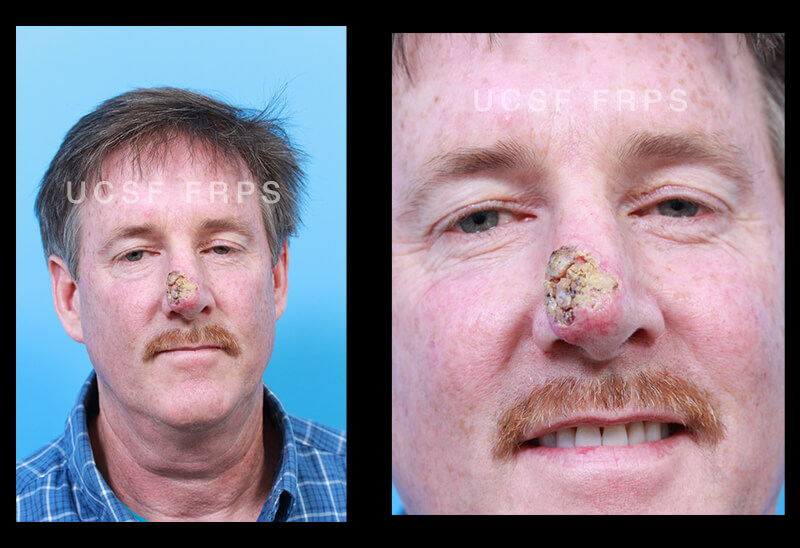
Two options exist for breast surgery. A woman can have her breasts reconstructed with implants, or she can use her own tissue. A doctor can use the lower abdominal wall segment, back muscle or fat of the woman to create new breast tissue. A woman can have a skin-sparing, nipple-sparing mastectomy. Both procedures can leave scarring. Breast surgeries are not right for everyone.
Breast reduction surgery
Most breast reductions are done outpatient. Patients may experience swelling and discoloration immediately after the procedure. This swelling will gradually disappear. In a few days, the stitches and bandages can be removed and the patient shouldn't resume strenuous activities within one month. While a breast-reduction procedure can cause some discomfort, your breasts will eventually become more natural. The results of the operation will be visible six months to one-year after the procedure.
Following surgery, the surgeon will make incisions along the natural breast crease. These incisions will allow for the removal of excess skin and fat. Some women may also have their areolae raised. The surgeon will close off the incision by using dissolvable external and internal sutures. A night stay may be necessary for the surgical recovery. Afterwards, the patient will be released from the hospital. The entire procedure will take between two and five hours.

A mastectomy that is nipple-sparing
A Nipple-sparing mastectomy is an alternative to radiation treatment for breast cancer. This procedure preserves the breasts of the patient while avoiding radiation treatments. Although not every woman who undergoes this surgery will opt to sidestep radiation, approximately 30% of new cases may not undergo radiation treatment after undergoing a full mastectomy. This type of surgery is generally a viable option for those with large or small chests.
This type of surgery is not widely available, but the results are positive. It preserves the entire envelope of breast skin, including the nipple and the darker circle of skin surrounding it. The NSM is typically followed by a breast reconstruction. Although it is still not widely used for mastectomy, it has become an increasingly popular alternative to traditional breast cancer treatments. Its benefits outweigh their disadvantages.
Skin-sparing mastectomy
A skin-sparing mastectomy is a surgical procedure in which all of the breast skin, excluding the nipple and areola, is preserved. This allows the surgeon to reconstruct the breast without scarring. The surgeon will then use a flap, or an implant to replace the volume. There are two types of skin-sparing mastectomy: a TRAM flap or a Latissimus flap. Each one uses the tissues and muscles of the body in order to reconstruct the breast.
There are several benefits to skin-sparing mammectomy, including preservation of the native and inframammary skin envelopes. The cosmetic results of a breast reconstruction are improved by the preservation of the native skin and inframammaryfold. It reduces the need for contralateral Symmetrizing Surgery. However, skin-sparing matectomies can pose a few risks.

Modified radical breastectomy
Modified radical mastectomy can be a safer option than a full-thickness mastectomy. A modified radical mastectomy is less invasive than a full-thickness, conventional mastectomy. It removes the breast, most lymph nodes, and the lining above the chest muscles. This type is also good for breast tissue preservation. However, not all surgeons are trained to perform these procedures, and you should consult with your doctor before deciding which surgery to have.
While most hospitals are adopting a traditional modified radical mastectomy, it is not yet widely used. Modified radical mastectomy techniques are geared towards protecting the anterior nerve and the intercostobrachial. These nerves are to be preserved for sensory functions only. These techniques are comparable to the ones used by Halsted, Meyer, and Patey. Moore61, in 1867, described one example of such a method.